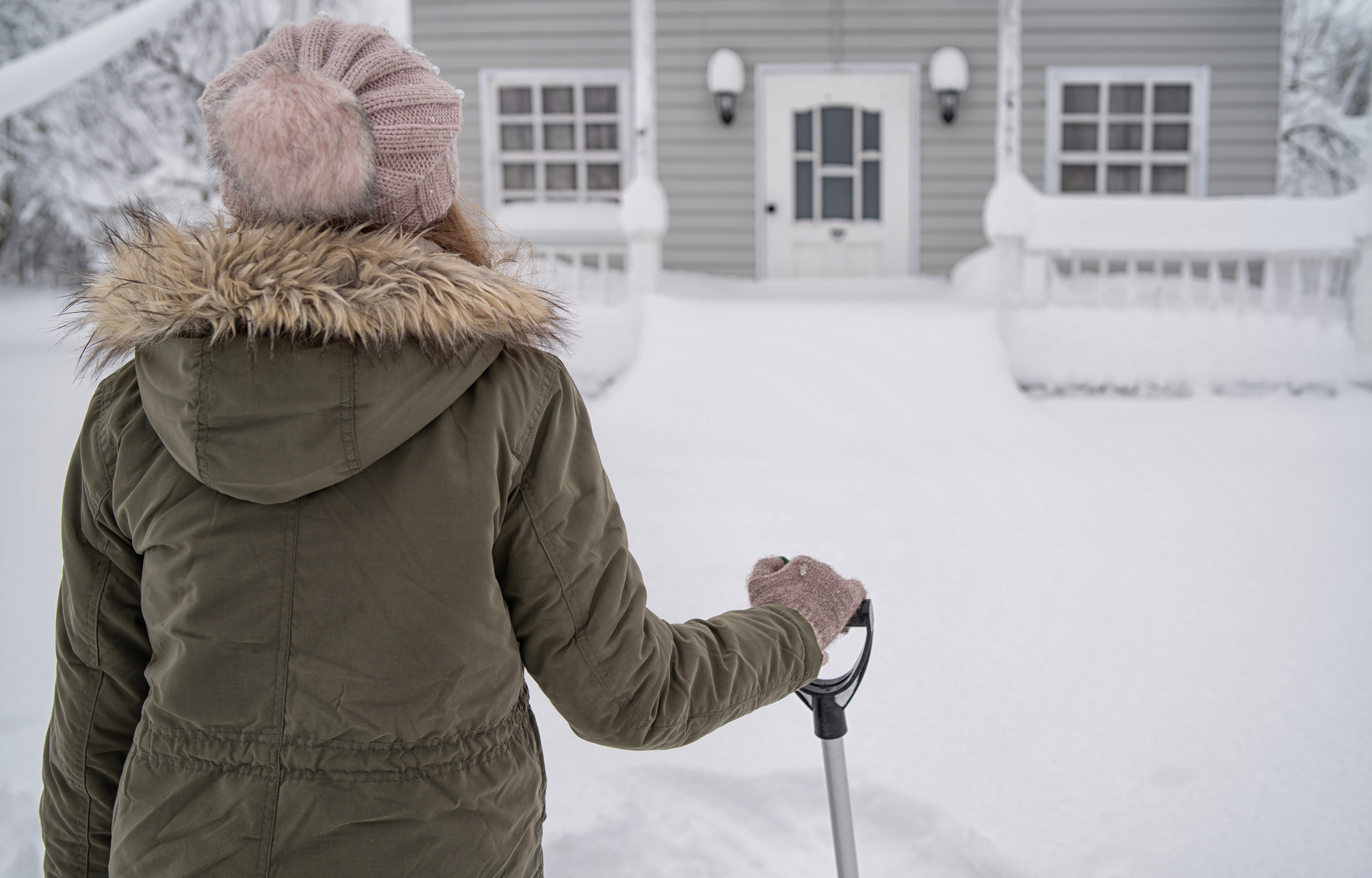Staying Warm and Safe: Space Heater, Fireplace, and Central Heating System Safety
As oil prices increase, homeowners who rely on oil for heating might consider using alternative heating sources to reduce their high heating costs. These alternative heating sources, if not used properly, can contribute to an increased risk of fire, according to the Insurance Information Institute (I.I.I.).
Space heaters, wood stoves, and other supplemental heating sources are the second leading cause of home fires during the winter months, trailing only cooking equipment. The National Fire Protection Association reports that fixed and portable home heating devices account for two of every three home heating related fires and two of every three related deaths. In 2008, heating equipment was involved in an estimated 66,100 reported home structure fires, 480 civilian deaths, 1,660 civilian injuries, and caused direct property damage of $1.1 billion.
Fireplaces and chimneys were involved in 43% of these fires and 11% of the deaths. Fixed and portable space heaters, including wood stoves, were involved in 25% of the heating fires, but resulted in 74% of the fatalities.
By comparison, central home heating systems account for only a small percentage of heating-related fires and fatalities. Supplemental heating devices are more dangerous because they provide many opportunities for error by the people using them. Here are some of the problems:
- Lack of regular cleaning, leading to creosote buildup in wood-burning devices, chimneys, and connectors. (Creosote is a flammable, tar byproduct of wood smoke that builds up on the walls of a chimney or wood stove.)
- Failing to give space heaters enough space.
- Flaws in the construction or design of wood-burning equipment.
- Fueling errors involving liquid- or gas-fueled heating equipment.
- Improper installation.
“Damage caused by fire and smoke are covered under standard homeowners and renters insurance policies,” said Loretta Worters, vice president of the Insurance Information Institute. “Homeowners are also covered for water or other damage caused by fire fighters working to extinguish the blaze.”
To protect yourself from the economic consequences of fires and other disasters, the I.I.I. advises homeowners to purchase enough insurance to rebuild the home and personal possessions.
“Unfortunately, many consumers do not know what is in their policy until they have to file a claim and at that point it is too late to purchase the right amount of financial protection,” Worters explained.
If you use supplemental heating sources, remember to follow these basic safety tips.
Portable Space Heaters
The biggest mistake people make with space heaters is placing them too close to flammable materials such as bedspreads, draperies, upholstery, or clothing. Space heaters need at least three feet of clearance from anything that can burn.
- Make sure any new space heater carries the mark of an independent testing laboratory.
- Always turn space heaters off when you leave a room or go to bed.
- If you use an electric heater, do not overload the circuit. If you must use an extension cord (and it is better not to), choose one that is the same size or larger than the appliance cord. Do not use electric heaters in bathrooms or other areas where they may come in contact with water; the danger of electrocution is too great.
- • If you use a kerosene heater, burn only kerosene. Gasoline, camp stove fuel, or any other fuel, except kerosene, can be extremely dangerous if used in a kerosene heater. Make sure your kerosene is water-clear, not yellow. Refuel the heater outdoors.
- • When turning a portable heating device on or off, follow the manufacturer's instructions. If possible, buy devices with automatic shutoff features.
Fireplaces and Woodstoves
- Wood and coal stoves, fireplaces, chimneys, chimney connectors, and all solid-fueled heating equipment should be inspected and cleaned professionally each year, especially if they have not been used for some time. Fireplaces regularly build up creosote that needs to be cleaned out.
- Woodstoves should be UL listed and of solid quality and design. Install them with three feet of clearance from combustible surfaces and with adequate floor support and protection.
- Never use flammable liquids to start a fire in a fireplace or woodstove. Do not use excessive amounts of paper to build roaring fires. Never burn charcoal indoors; it can generate lethal amounts of carbon dioxide.
- Keep flammable material away from the hearth and mantel. Use a sturdy screen to keep sparks from flying into a room.
- Before you go to sleep, be sure your fireplace fire is cold. Never close the damper with hot ashes in the fireplace; the fire will heat up again and toxic carbon monoxide can spread into the house.
- Synthetic logs are increasingly popular because they are so easy to use. Follow the directions on the package. Never break a synthetic log apart to quicken the fire or use more than one log at a time. This could release dangerous levels of carbon monoxide.
Central Home Heating Systems
Make sure your furnace is in good working condition. Have it inspected regularly, and leave repairs to professionals.
Get into good safety habits and teach family members what to do in a fire or other emergency. Print a list of emergency phone numbers such as the police and fire departments and place them near the telephones in your home. Make sure that smoke detectors and fire extinguishers are in good, working condition. Install a sophisticated alarm system that rings at an outside service to contact the fire, police, or local emergency medical service.
For more information on making your home safer, contact the United States Fire Administration.
Source: Insurance Information Institute








